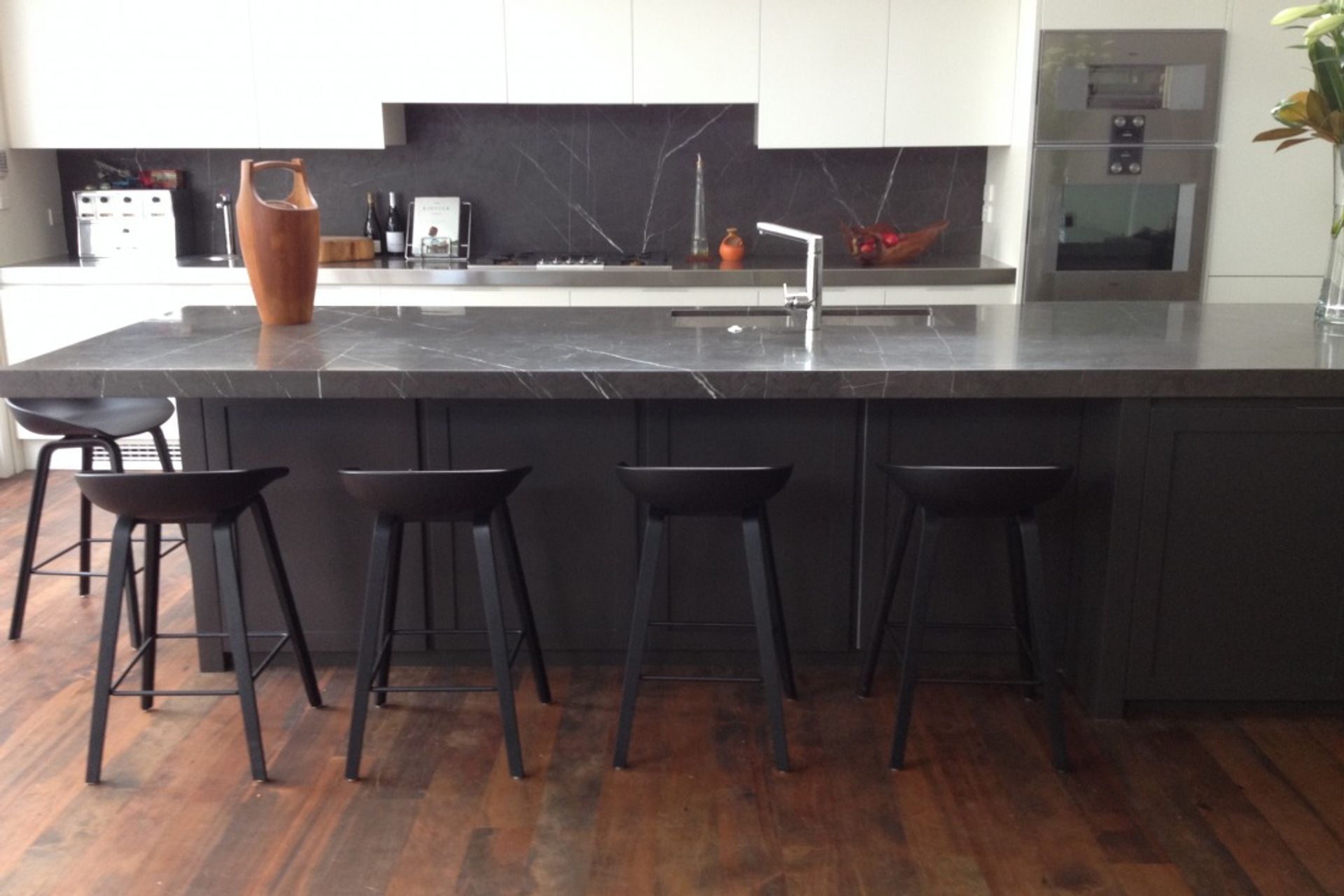Smart Specifications: creating a high-end kitchen within budgetary constraints
Written by
19 September 2017
•
4 min read

A well designed kitchen adds a certain value to any home – a value that’s both intangible and tangible. That’s because there’s good reason for the kitchen’s ‘heart of the home’ status. Kitchens are places for creation, for family, for dining, for entertaining. But they’re more than that too as our lifestyles evolve; they’re places to work, to socialise, to gather, to play and often, a central focal point of the home.
Despite its important value in the home, the kitchen is often set aside as an area that is too costly to update or renovate. However, with the vast range of materials, appliances and finishes available – now, more than ever before – that is no longer the case and its possible to create almost any aesthetic, from budget options right through to the highest end of the market, relatively easily.
“The way you use and choose materials is important, as well as the overall design. With a well thought out kitchen, it’s possible to create a high end look by utilising a range of materials that differ in cost,” kitchen designer Hayley Dryland of August & Co. Design says.
“That often means choosing feature pieces while paring back other elements of the design to allow for those standout items.”
Stone benchtops are traditionally a luxurious item, and one that can significantly increase the overall cost of a kitchen. “Thicker benchtops are in line with the luxurious high-end look, but if you’re wanting to create a high-end look with the benchtop, it’s worth thinking about it in a different way. That could mean having a thinner benchtop, which can allow a client to go up in material specification but still create a beautiful benchtop,” Hayley says.
Integrating a mix of materials and choosing elements of the kitchen as features is the best way to look at the project as a whole and work out how a high end look can be achieved within budgetary constraints, Hayley says.
“There are so many ways to do this. It could be that timber is a feature so that timber detail is the focus, it could be run under the benchtop to tie in with the cabinetry so the feature elements are tied together. Often, the kitchen island can make a good feature and you could look at using stone on the island and pare back material specifications for service areas of the kitchen and use stainless steel, for example.”
Tapware is another part of the kitchen that works well as a standout feature, with more people looking at tapware as a design object in its own right. “If you’re using black tapware and a black sink, for example, you could then use that feature element and cleverly tie it in throughout the kitchen with black handles on overhead cupboards to create that wow factor.”
In regards to cabinetry, solid timber, in particular French Oak and walnut are seeing a lot of popularity in high-end kitchens at the moment. “Within the lower end of the market, when you’re looking at laminate cabinetry, there is a huge range of finishes and colours available, many of which are hard to distinguish from the materials they replicate such as stone and timber so it is possible to create a stunning kitchen in laminate,” Hayley says.
Lighting is another way to create a focal point and standout point of difference in a kitchen. Task lighting will highlight areas, while pendants and well-placed feature lighting will change the overall appearance of a kitchen.
What’s most important, perhaps, is the need to create a well -thought out plan in the early stages of the design process, including budgetary requirements, the intended use and scope of the space, and who will be using it. This will in term determine material choice and specifications, as well as feature pieces.
If you’re after some inspiration for your next kitchen project, visit ArchiPro to peruse the work of New Zealand’s best kitchen designers.
Title image credit: Calacatta Gold Marble from SCE Stone and Design, kitchen designed by Jordan Dale of Gold Kitchens, photo by Mark Scowen Photography


